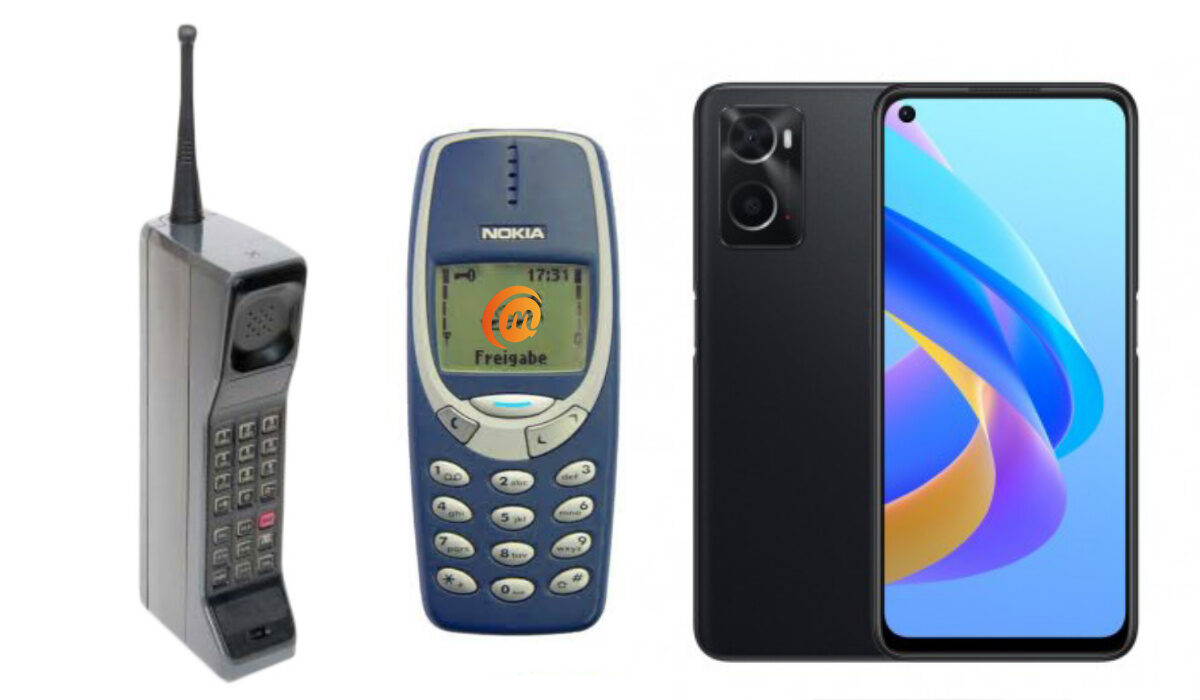Each mobile network or wireless carrier has a network of cell sites (also called cells, base stations or network towers). Each cell site has a limited area of coverage, usually between 20 miles (32.19 kilometres) and 40 miles (64.37 kilometres). When using your mobile phone or smartphone, once you approach the fringes of your current cell site, the network begins to negotiate handing your device over to the next site. It does this, so you do not lose coverage and have your ongoing telephone conversation or Internet connection terminated. This is how mobile networks function. As wireless technology improves, the capacity and range of cell sites also change. New technologies allow network towers to provide wider range for mobile users. New technologies also allow for more features, greater capacity, and faster speeds. For example, mobile networks started with just voice calls, then added text, dial-up Internet, then packet data (GPRS, EDGE, 3G, 4G, 5G, etc), then MMS, etc, etc. Speaking of capacity, each network tower has a maximum number of subscribers that can be active at any time. Network congestion happens when there are more subscribers trying to use the tower at a specific location. As newer technologies are developed, cell sites are able to do more. Another example is 5G, which brings much faster Internet speeds to subscribers.
Don’t miss our reviews. Follow our news on Google News. Join our WhatsApp Group, to be notified of the most important articles and deals, Follow us on Instagram, Facebook, Twitter, and YouTube.
